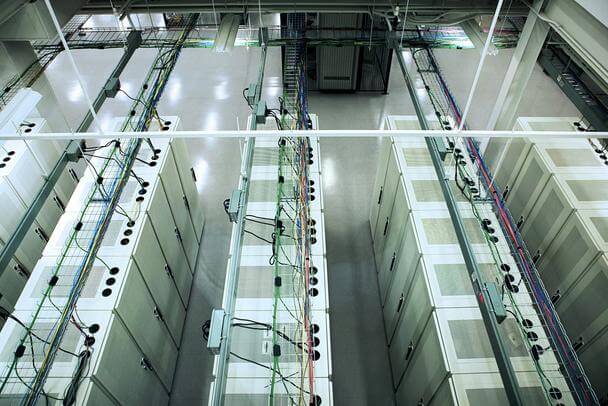Key cabling infrastructure standards

TIA

IEEE

ISO
EIA

IEC

ANSI

SA

BICSI
The TIA/EIA structured cabling standards define how to design, build, and manage a cabling system that is structured, meaning that the system is designed in blocks that have very specific performance characteristics. The blocks are integrated in a hierarchical manner to create a unified communication system. For example, workgroup LANs represent a block with lower-performance requirements than the backbone network block, which requires high-performance fiber-optic cable in most cases. The standard defines the use of fiber-optic cable (single and multimode), STP (shielded twisted pair) cable, and UTP (unshielded twisted pair) cable.
The initial TIA/EIA 568 document was followed by several updates and addendums as outlined below. A major standard update was released in 2000 that incorporates previous changes.
TIA/EIA-568-A-1995 (Commercial Building Telecommunications Wiring Standards) Defines a standard for building cable system for commercial buildings that support data networks, voice, and video. It also defines the technical and performance criteria for cabling.
TIA/EIA-568-A updates (1998-1999) The TIA/EIA-568 was updated several times through this time period. Update A1 outlined propagation delay and delay skew parameters. Update A2 specified miscellaneous changes. Update A3 specified requirements for bundled and hybrid cables. Update A4 defined NEXT and return loss requirements for patch cables. Finally, update A5 defined performance requirements for Enhanced Category 5 (Category 5E).
TIA 568-B.1-2000 (Commercial Building Telecommunications Wiring Standard) The year 2000 update packages all the previous addendums and service updates into a new release and, most important, specifies that Category 5E cable is the preferred cable type that can provide minimum acceptable performance levels. Several addendums were also released that specify technical information for 100-ohm twisted-pair cable, shielded twisted-pair cable, and optical fiber cable.
TIA/EIA-569-A-1995 (Commercial Building Standard for Telecommunications Pathways and Spaces) This standard defines how to build the pathways and spaces for telecommunication media.
TIA 570-A-1998 (Residential and Light Commercial Telecommunications Wiring Standard) This standard specifies residential cabling.
TIA/EIA-606-1994 (Building Infrastructure Administration Standard) This standard defines the design guidelines for managing a telecommunications infrastructure.
TIA/EIA-607-1995 (Grounding and Bonding Requirements) This standard defines grounding and bonding requirements for telecommunications cabling and equipment.
The current trend is to evolve the standards to support high-speed networking such as Gigabit Ethernet and define advanced cable types and connectors such as four-pair Category 6 and Category 7 cable. Category 6 is rated for channel performance up to 200 MHz, while Category 7 is rated up to 600 MHz.


